Embroidery and screen printing are two main ways to add patterns to clothing. You may feel confused about which is better for your clothing business, then the following post will give you a good idea. Let’s take a look.
What is embroidery?
Embroidery refers to sewing designs on objects with needles and threads. It is mainly applied to fabrics, such as cotton, silk, wool, etc.
Embroidery can be divided into two types. One is hand embroidery, made by people, so it is more expensive and slower. Another type is machine embroidery, which is faster and cheaper. Machine embroidery is making a template on the computer first, and then embroidering the pattern onto the item by machine. This method allows for mass production and many apparel businesses choose this way to embroider patterns and logos.
Here is a video showing how machine embroidery works.
What is screen printing?
Screen printing refers to pushing the ink with a squeegee and moving the pattern on the screen to the surface of the object. Each color needs to be made into a separate template.
Lots of materials can be screen-printed, such as cloth, glass, ceramic, plastic, etc. As one of the most commonly used printing methods, screen printing is often favored for advertising or promotional uses, such as company-branded T-shirts, and other corporate gifting items.
We have helped lots of clients to customize patterns on T-shirts and hoodies with embroidery and screen printing. These two kinds of printing methods have their own advantages. I compare them using our custom hoodie projects as live examples.
Embroidery vs screen printing: Durability and printing effect
There are no color fading problems with embroidery because the patterns are directly sewn into the objects. If the threads do not break or become loose, the patterns will last forever.
Some heavier garments such as polo shirts, outerwear, caps, etc. use this method. The embroidery pattern has an enhanced 3D effect and is high quality.
Screen printing is printing patterns on objects with ink. Uncomplicated patterns can be printed in this way.
It is used for thin and stretchy garments, such as T-shirts, hoodies, etc. The patterns have an obvious glue-like feeling. It will fade due to multiple washes and the use of detergents, long periods of high-temperature soaking and drying, etc.
Embroidery and screen printing are not suitable for colorful and complex designs. If you want to print multi-colored intricate patterns on garments and require a sense of elegance and quality, you have to think about using embroidery and DTG printing.
Here is an example of how we help our client customize a design on his T-shirts.
We persuaded the factory to embroider the basic pattern shape first, and then finish the rest areas featured in many complicated colors and details by DTG printing. The customer was very satisfied with this final product because it had an enhanced 3D effect of embroidery and also looked like a real oil painting.
Cost of embroidery vs screen printing on hoodies
In most cases, embroidery is more expensive than screen printing.
Embroidery price
The cost of embroidery can be affected by the complexity and size of the pattern, the number of threads, the number of orders, and other factors.
Here I divide embroidery into two types. The first is to embroider the patterns directly on the product. It is not suitable for very small and complex designs.
We helped our client embroider a simple letter pattern with a diameter of 5cm on 200 sweatshirts in three colors (as shown below). The cost was $1.50/pcs. If this pattern was switched to one color (e.g. yellow), the cost was about $1.20/pcs.
The second is to make a patch and sew it on the product. It is suitable for colorful and complex designs. Lots of embroidery factories make those patches and sell them to clothing manufacturers. And then those clothing manufacturers sew them on the clothes. Many manufacturers have an MOQ of 200.
Screen printing price
When the number of your order is more than 500, screen printing is a cheap way to print logos or patterns. The cost of screen printing is made up of two parts. the Plate-making fee and the printing labor fee.
- Plate-making fee usually charges from $15 to $70. It varies from the material of the printed objects, the size of the printed pattern, and the number of colors.
- The printing labor charge is affected by the material of the objects. It is about $$0.3/pcs on clothing and less on other hard materials such as ceramics.
We helped our client print a 5×5cm² logo with two colors on his 500 shirts by screen printing, and the plate-making charge was $50/plate. The total cost = $50*2+$0.3*500=$250. And the price was $0.5/pcs.
Which is better for garments?
Embroidery and screen printing have their own advantages and disadvantages, and it is difficult to summarize which is better. You should decide the best solution for your design and needs.
For small designs, embroidery will make your product more advanced. While, if you want to print very large or complex patterns, you can achieve better results by screen printing.
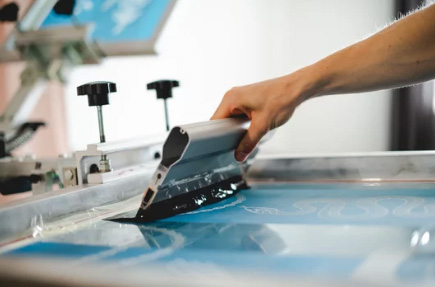
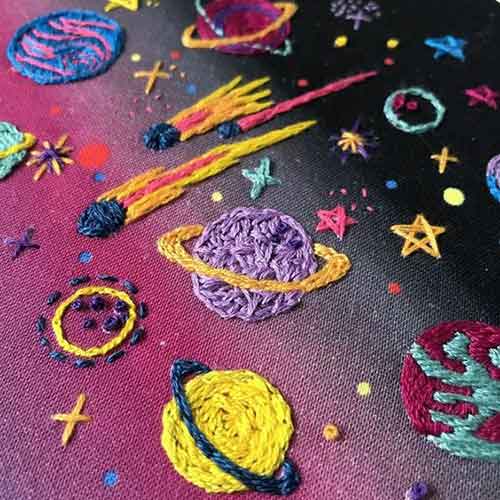

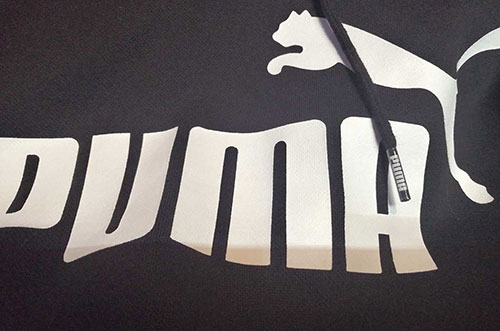
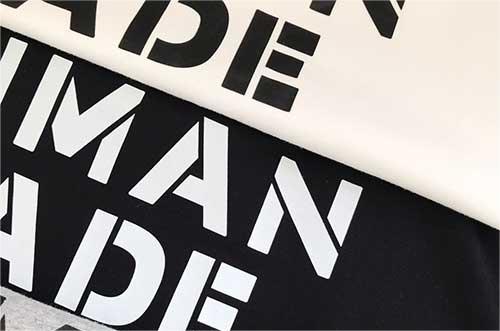
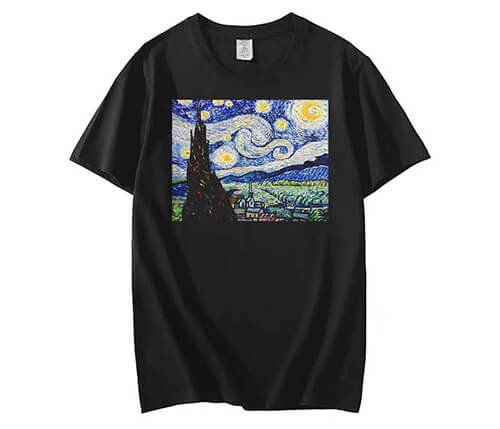

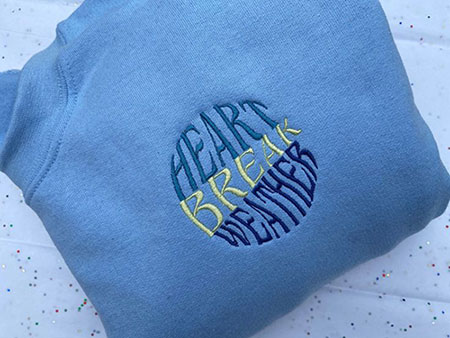
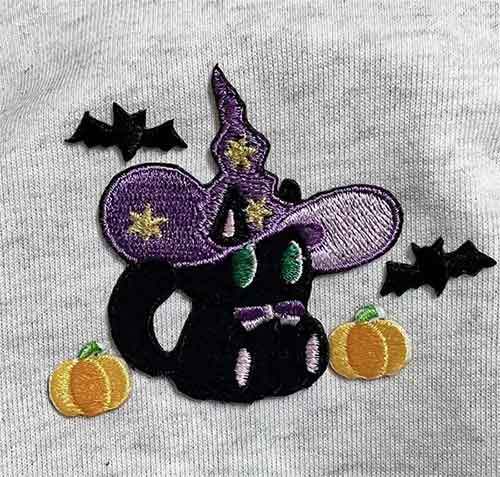

Leave A Comment